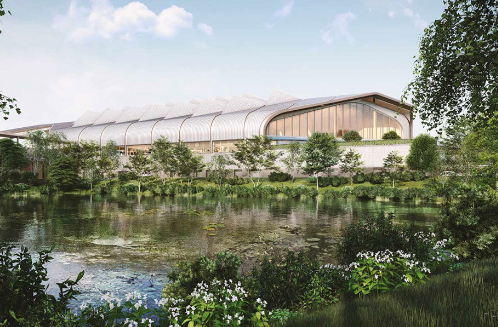Arup’s Landscape Architecture: Shaping Sustainable Environments
Landscape architecture plays a vital role in creating spaces that harmonize nature with urban environments. At the forefront of this field, Arup stands out with innovative solutions that address environmental challenges while enhancing community engagement. This article delves into how Arup’s landscape architecture practices contribute to creating sustainable and livable spaces.
The Importance of Sustainable Design
Sustainability is at the heart of Arup’s landscape architecture philosophy. The firm incorporates ecological principles into every project, focusing on preserving natural ecosystems and biodiversity. By emphasizing green spaces, stormwater management, and native plant usage, Arup helps to mitigate urban heat, improve air quality, and facilitate better water management. This commitment not only enhances the aesthetic quality of public spaces but also promotes healthier living environments for communities.
Innovative Projects Across the Globe
Arup has collaborated on numerous landmark projects worldwide that showcase its unique approach to landscape architecture. For instance, the design of the Olympic Park in London integrated extensive green landscapes with sports facilities, creating a vibrant community hub. In another example, the High Line in New York City demonstrates how repurposing an old rail line into a green walkway can revitalize an urban area. These projects illustrate Arup’s ability to merge technical expertise with creative design, leading to solutions that are both functional and impactful.
Community Engagement and Public Spaces
Another key element of Arup’s landscape architecture is its emphasis on community engagement. The firm believes that successful designs must reflect the desires and needs of the people using the spaces. Through workshops, public consultations, and collaborative design processes, Arup invites stakeholders to participate in shaping their surroundings. This inclusivity fosters a sense of ownership among community members, enhancing their connection to public spaces and ensuring that the designs are not only innovative but also truly reflective of the community’s character.
In conclusion, Arup’s approach to landscape architecture is redefining how we interact with our environment. By prioritizing sustainability, innovating through landmark projects, and engaging communities in the design process, Arup is creating spaces that are not just visually appealing but also functional and beneficial for future generations. If you’re interested in learning more about sustainable landscape architecture, consider exploring Arup’s projects or participating in local community design discussions.

